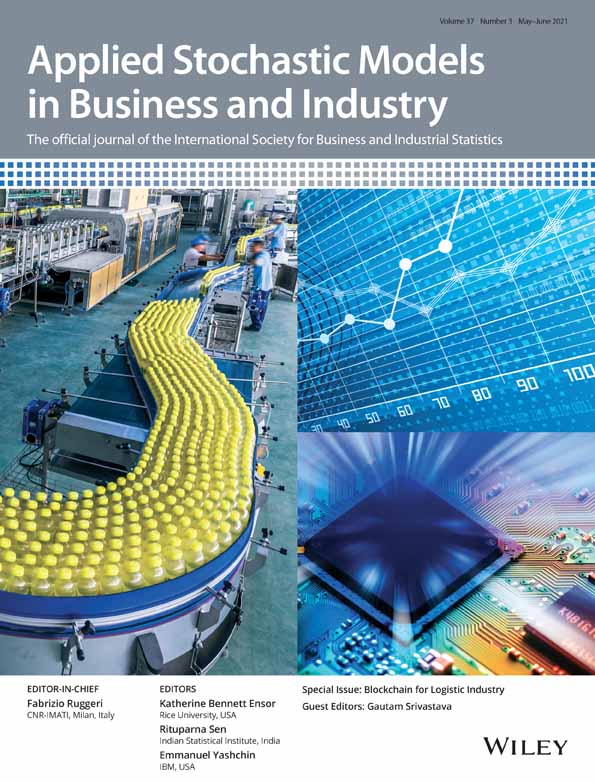An improved Hotelling's T2 chart for monitoring a finite horizon process based on run rules schemes: A Markov-chain approach
Funding information: Kementerian Pengajian Tinggi Malaysia, Fundamental Research Grant Scheme, 203.PKOMP.6711797
Abstract
Quality improvement has been receiving great attention in industries. In recent years, the finite horizon process is commonly encountered in industries due to flexible manufacturing production. Past research works on finite horizon process monitoring are still limited. Because of this, three run rules Hotelling's T2 charts are proposed to monitor a finite horizon process. The performance measures of the proposed charts are derived using the Markov-chain approach. The proposed schemes can serve as a framework for quality engineers who wish to perform process monitoring easily and efficiently. Numerical comparisons between the proposed and existing Shewhart (SH) T2 charts have been made. The statistical performance measures were investigated in this article. The findings reveal that the proposed charts outperform the SH T2 chart for detecting small and moderate process shifts in a finite horizon process. The illustration of the run rules (RR) T2 chart is shown on a real manufacturing dataset in a finite horizon process.
CONFLICT OF INTEREST
The authors declare that they have no conflict of interest.
Open Research
DATA AVAILABILITY STATEMENT
Data sharing is not applicable to this article as no new data were created or analyzed in this study.




